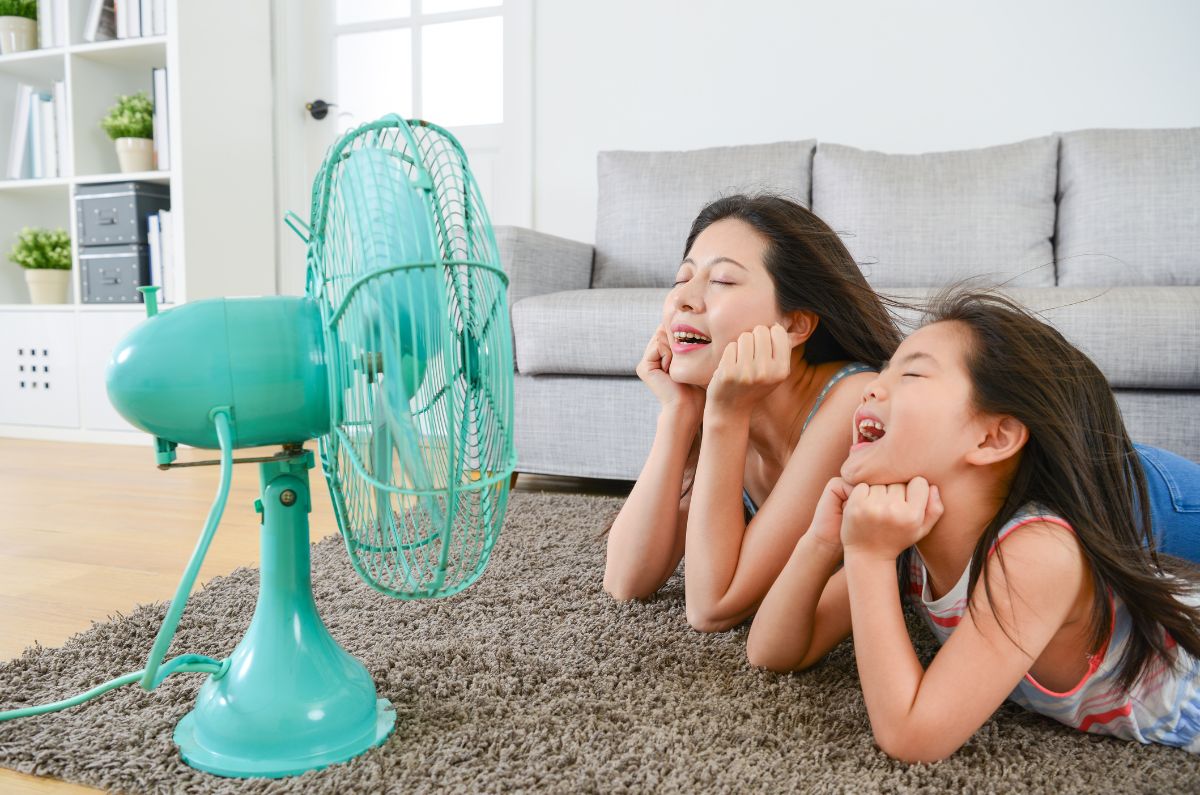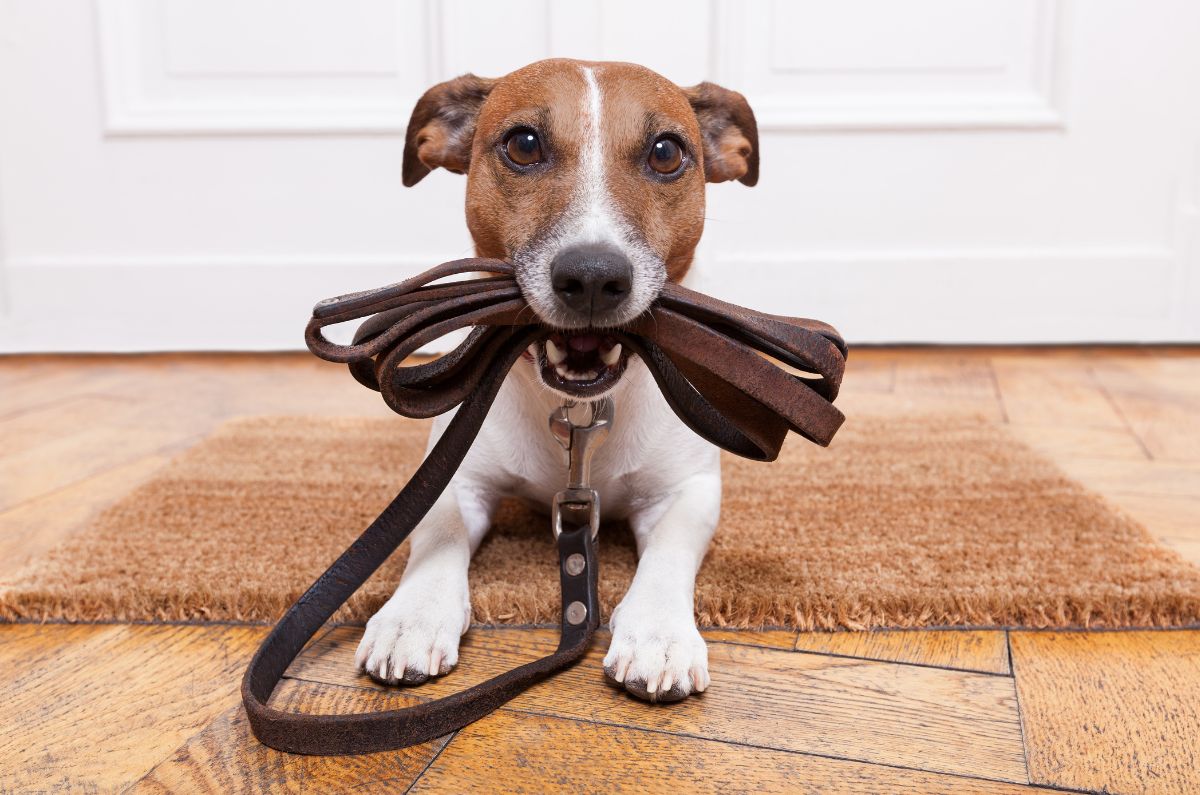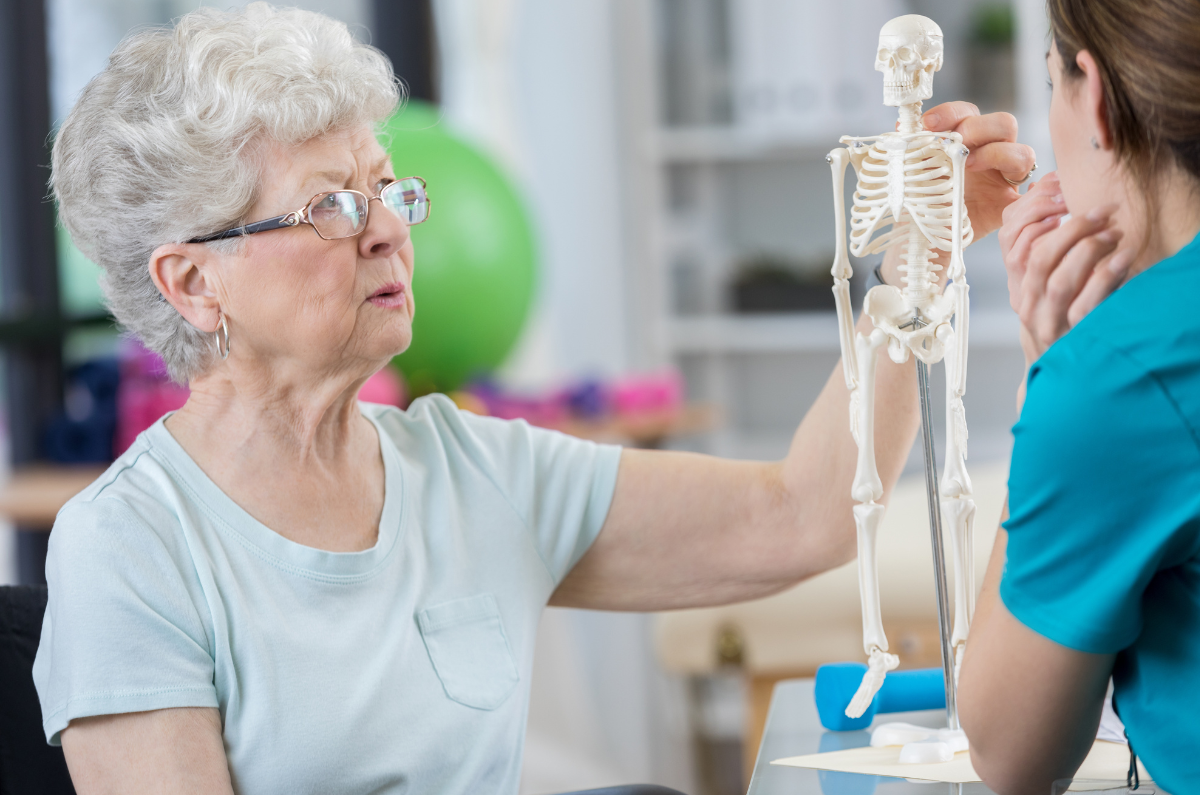Cooking made easy
Cooking a healthy, tasty meal can be a great way to look after ourselves, unwind after a busy day or share with friends and family. But there are some days when the thought of preparing and cooking a meal is too overwhelming. You’re tired and in pain, and it seems like too much effort.
There are things you can do, though, to make cooking easier and less hassle when you’re not feeling your best. Here are our top tips:
Give yourself a break
Not every meal has to be MasterChef worthy, using exotic ingredients and involving many steps. It just has to be tasty and healthy. Have a few recipes up your sleeve that you know you can cook with minimal effort or fuss, and with the ingredients you have at home.
Organise your kitchen
Ensure the things you use regularly are within easy reach – that goes for ingredients and cooking utensils. And move the things you only use occasionally out of your way (e.g. lower cabinets, cupboard in the garage, sideboard). Don’t place heavy items on high shelves – it’s very easy to drop these things, especially if you’re tired. Use a kitchen trolley on wheels to move heavy pots from the bench to the cooktop or move meals from the kitchen to the dining area or lounge.
Clean as you go
There’s nothing worse than cooking a lovely meal, relaxing while you eat it, then looking over to see a stack of dishes taunting you. So, clean up the bulk of the mess as you go. Load the dishwasher, soak the stubborn pots and pans, and wipe down the benches. Or better still – rope in your partner/kids/housemates to help you, it’s the perfect opportunity to catch up with each other.
Get prepped!
Food prepping has taken over the internet, and there are endless articles, apps, videos and blogs to help you. You can prep your meals days in advance, and then all you need to do is pull the pre-chopped, washed and/or cooked ingredients out of the fridge or freezer to throw together a meal in no time. Frugal and Thriving has a great guide to meal prepping.
One-pot wonders
Save yourself lots of mess and dirty dishes by cooking your meal in one pot. There are many books and websites with tasty recipes you can try that only require one pot (or pan). Borrow some cookbooks from your local library or fall down the rabbit hole of Pinterest for lots of inspiration. Here’s Taste’s 21 healthier one-pot recipes.
Make it a social occasion
Cooking doesn’t have to be a solitary event if you have other people in the house. So, get them involved. It’s an excellent way for kids to learn about cooking and become self-sufficient. But it’s also an opportunity to spend time together and share the load.
Slow it down with a slow cooker
Prepare your evening meal earlier in the day when you have more energy. Pop all your ingredients in a slow cooker and let it do its thing while you work, rest, read a book or put your feet up. Hours later, you’ll have a flavoursome pot of goodness to enjoy. Check out these slow cooker recipes from The Australian Women’s Weekly.
Take breaks
Sometimes we push ourselves just so we can get a task or chore done, but we can end up pushing ourselves past our limits. Sigh – we’ve all been there and paid the price. So, whether you’re making the evening meal or prepping for the week ahead, take a break (or two) to stretch, get some air, drink some water, or just move around. Standing in one place for a long period is not conducive to happy, pain-free joints. So, take a break.
Drink water
When we’re in the middle of a task and focused, we often forget to drink enough water. Don’t allow yourself to become dehydrated – have a glass of water nearby and drink regularly.
Contact our free national Helpline
Call our team if you have questions about managing your pain, musculoskeletal condition, treatment options, mental health issues, telehealth, or accessing services. They’re available weekdays between 9 am-5 pm on 1800 263 265; email (helpline@muscha.org) or via Messenger.
More to explore
- Check out our recipes page
The tasty recipes have been created by our volunteers – Accredited Practising Dietitians and a Registered Clinical Nutritionist - 12 energy-saving cooking tips when you are chronically ill
The Discerning You, June 2020 - 9 cooking hacks for people with chronic illness
The Mighty, April 2024 - A JIA warrior’s guide to baking
Arthur’s Place, May 2021 - Eating out
Baker Heart and Diabetes Institute, 2019 - Five easy ways to eat well with arthritis
Versus Arthritis, June 2021 - Top 10 diet and nutrition tips for RMD patients
Rheumatology Republic, June 2021


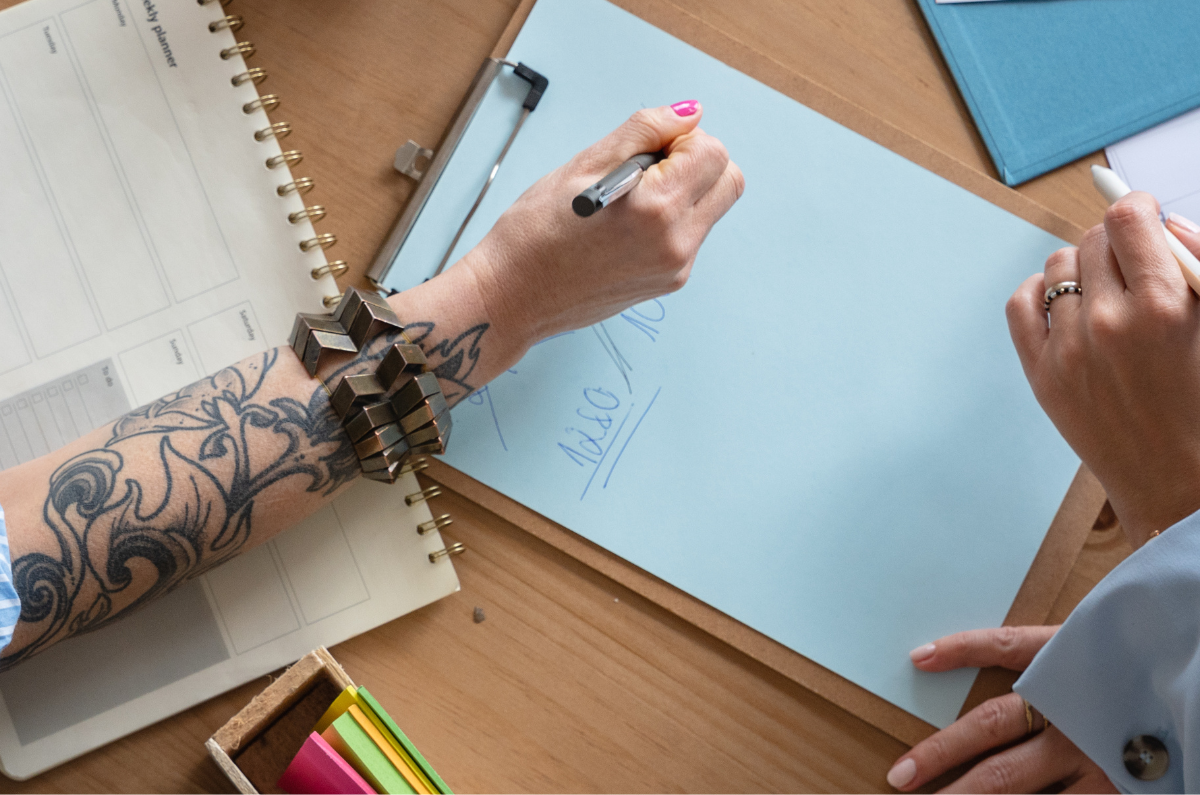
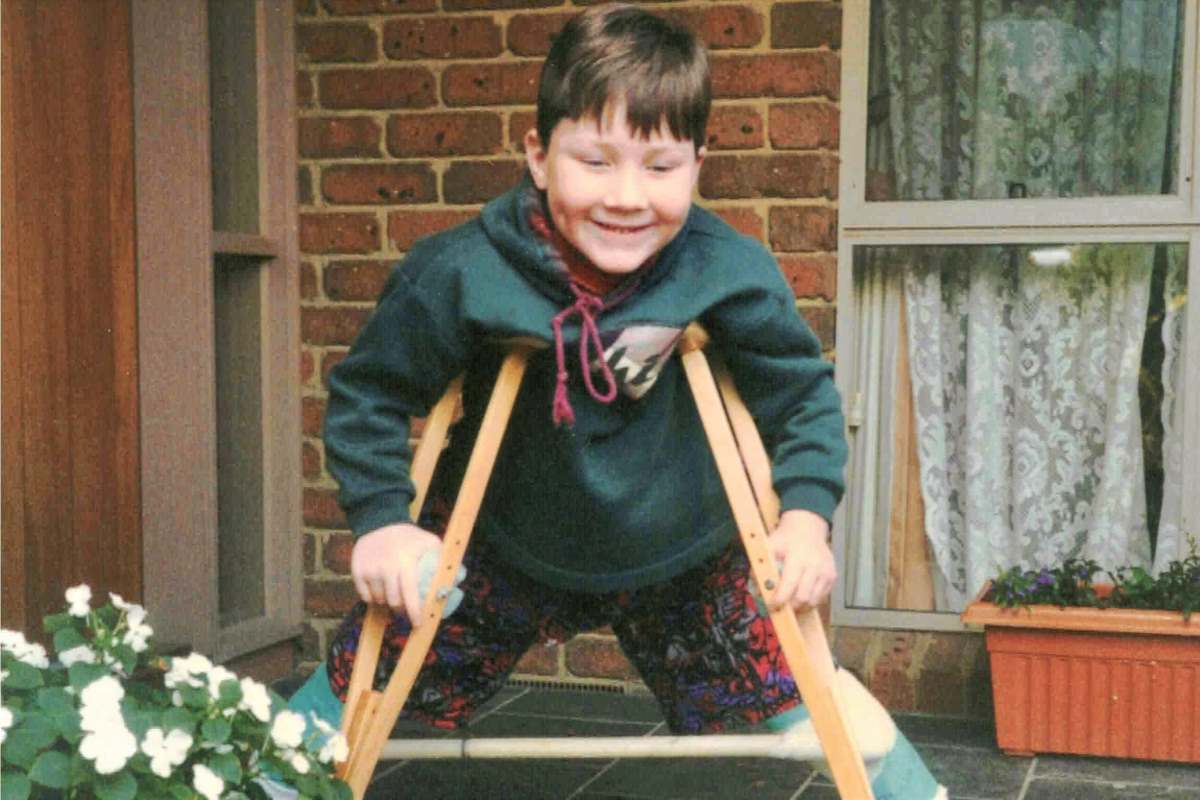
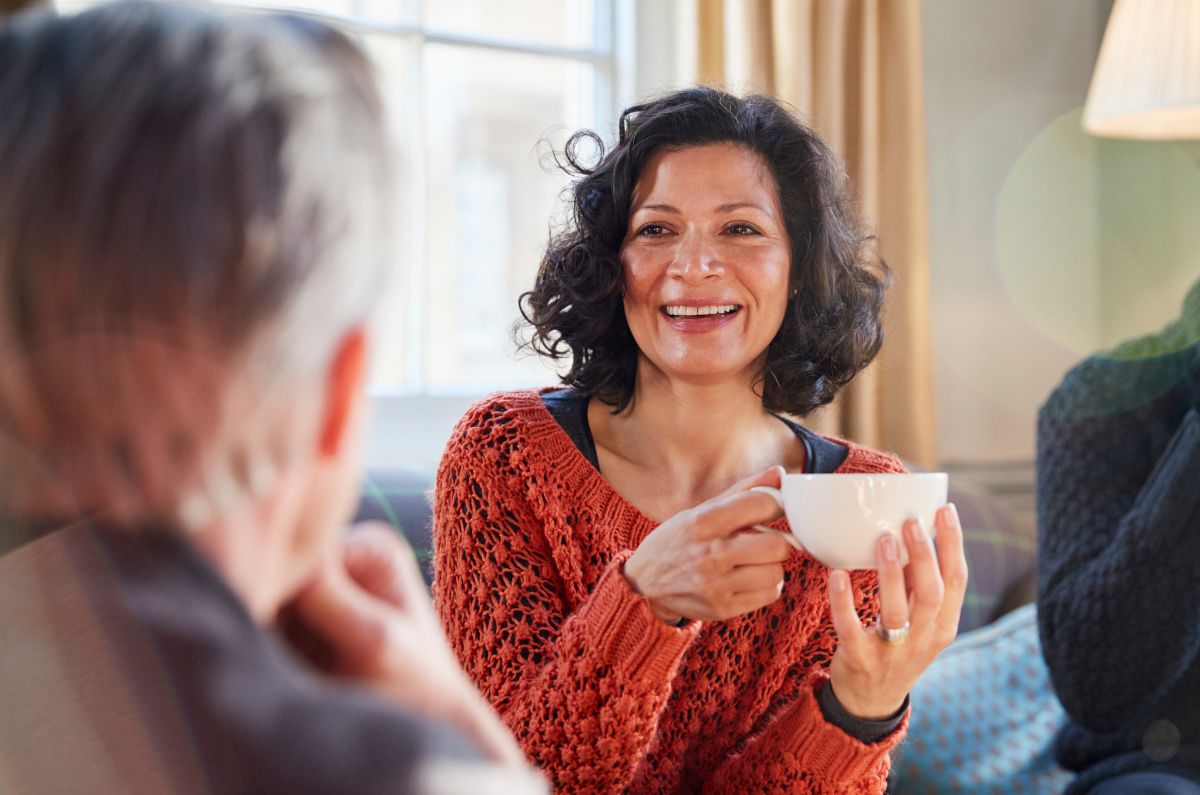

 Saturday, March 8 is International Women’s Day. The day is an opportunity to celebrate the achievements and contributions of women around the world. It’s also an important time to shine a light on a health issue that disproportionately affects women globally – musculoskeletal conditions.
Saturday, March 8 is International Women’s Day. The day is an opportunity to celebrate the achievements and contributions of women around the world. It’s also an important time to shine a light on a health issue that disproportionately affects women globally – musculoskeletal conditions.